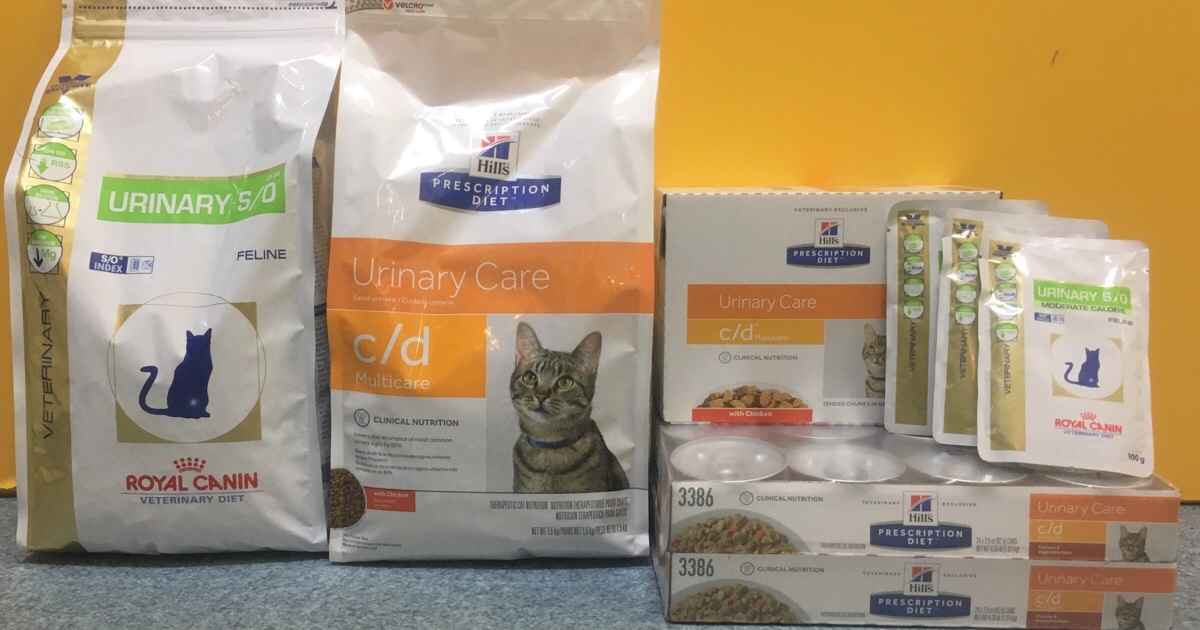Updated November 28, 2020
Emergency Care’ (details below)
When A Cat Tries To Pee But Nothing Happens
- Many male cats trying to pee have urinary obstructions
- Seek emergency vet help ASAP if your cat cannot pass urine
- Untreated blockages causes extreme suffering and rapid death
Now dive deeper…
Male cats are known for peeing everywhere. That’s usually just a desexing issue. Then there are the cats with cystitis that pee small amounts frequently. What happens instead if they can’t pee at all? Then it’s an emergency.
When I was a young vet, I would ‘unblock’ a cat almost every day. Most cat owners knew the signs and deaths were rare. Nowadays, an unfortunate side effect of success has been the lack of awareness of this unique emergency.
Every vet nurse knows to take a call about a ‘constipated cat’ very seriously. That’s because when a cat strains but doesn’t pass anything they usually have a urinary obstruction.
Why Cats Get Blocked
The outlet to the bladder in male cats starts out wide and then narrows half way down. That would not be a problem if the urine stayed liquid like it should.
The second part of the problem is caused by cystitis. Bladder inflammation creates solid protein clumps that can then get stuck at the narrow point. Once this happens, the bladder becomes painfully blocked and toxins normally eliminated by the kidneys build up quickly.
There’s a lot of confusion about ‘crystals’. We almost never see these now due to the widespread acidification of cat diets. That’s why blockages are a lot less common than they used to be.
The Signs of Urinary Obstruction
Before obstructing, most male cats have already been showing signs of cystitis by passing small amounts of urine frequently. Once the urethra is blocked, symptoms escalate to:
- Frequent and distressed attempts to urinate
- Sitting on the litter tray but not doing anything
- Passing only drops of urine, usually blood-tinged
- Crying and yowling or altered behaviour
- A hard, painful abdomen
- Sometimes just hiding away
How To Treat Urinary Blockage
Obstructed cats require immediate veterinary care. Your vet will administer an anaesthetic in order to pass a urinary catheter. The obstruction is flushed back up into the bladder and the bladder then gently emptied to make sure that urination is now possible.
If there is a problem with urine flow, a catheter is sutured in place. Either way, your cat will need to stay in hospital until it is proven that he can urinate by themselves. This can take one to two days.
Re-obstruction does occur at times. For these cats, we will usually try a few more times to flush their urethra before proceeding to surgery to open and clean the bladder. The last resort is an operation to re-direct urine flow, called a perineal urethrostomy. We have only had to perform this surgery once, for a cat that was obstructed for several days before presenting to us.
Preventing Urinary Obstruction
After relief of obstruction, all affected cats should go onto prescription urinary foods. Ask your vet for recommendations.
Wet is always better than dry. If you can, try training cats to like pre-soaked dry prescription diets. Add a little bit more warm water per day until your cat likes the bikkies big and soft. This is simply because tins are comparatively expensive.
Most of the time you can still safely feed a raw chicken neck per day to keep the teeth clean.
Apart from diet change, the most important steps to take are found on our page about the prevention and treatment of cystitis in cats.
Related: Don’t confuse constipation and urinary obstruction
Have something to add? Comments (if open) will appear within 24 hours.
By Andrew Spanner BVSc(Hons) MVetStud, a vet in Adelaide, Australia. Meet his team here. The information provided here is not intended to be used as a substitute for going to the vet. If your pet is unwell, please seek veterinary attention.

